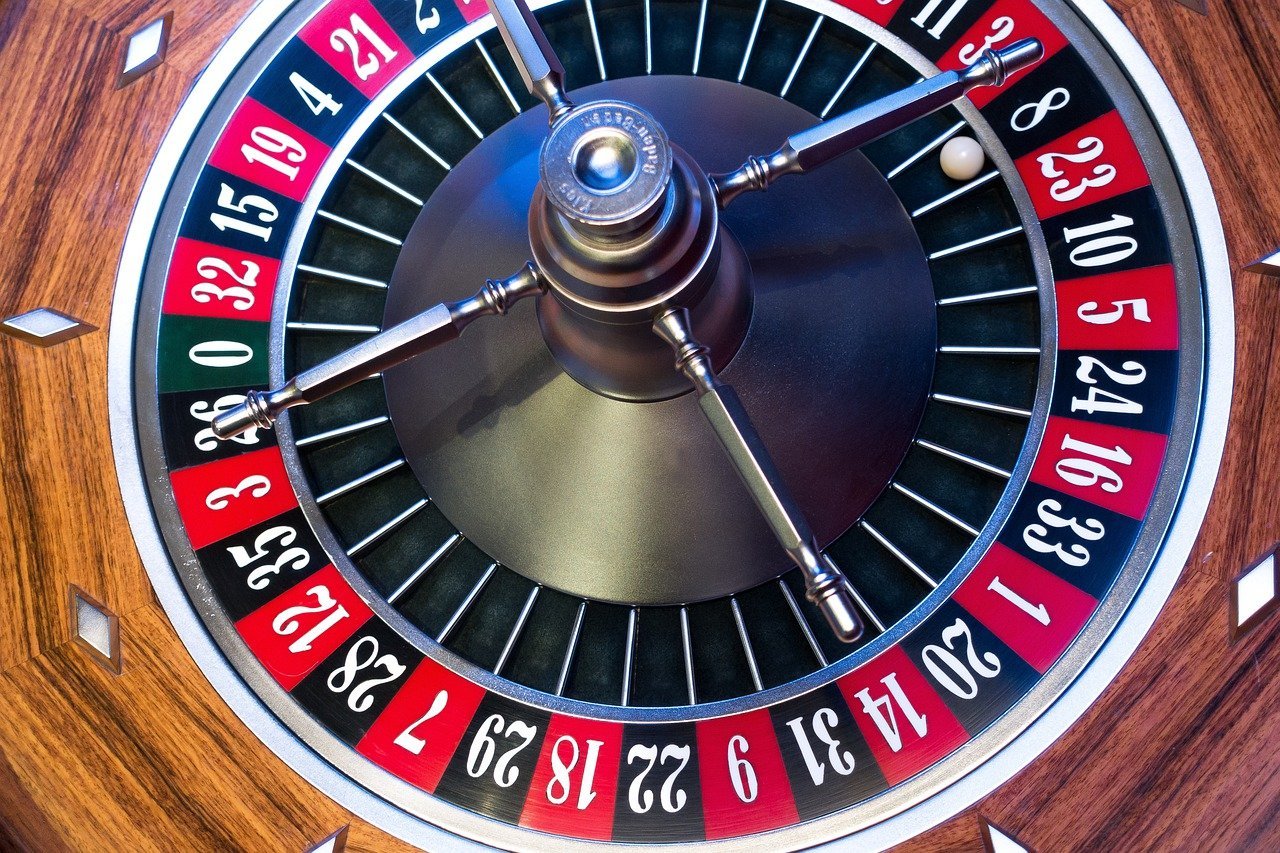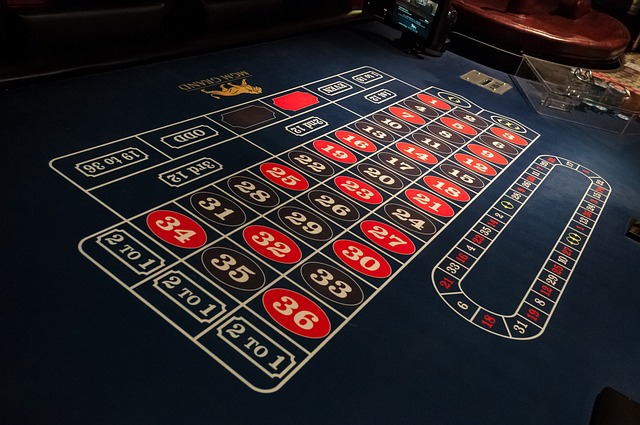Norman Leigh and the Reverse Labouchere: Breaking the Bank with a Twisted Betting System
As a filmmaker and a passionate investigator of cons and scams, I always find stories that toe the line between luck and method especially fascinating. Among these, the tale of Norman Leigh and his audacious run against European casinos stands out as a comic, suspenseful adventure perfectly suited for the big screen. Leigh’s team, a quirky collection of English characters, didn’t just beat the house-they broke it, walking away from Monte Carlo’s famed tables with real winnings. Here, we unpack how this daring exploit was pulled off, why it captured so much attention, and why it has never been repeated.

The Architect: Who Was Norman Leigh?
Picture a character crafted for an Ealing comedy: dignified, strategic, and decidedly British. Norman Leigh fit this mold-an Englishman with a bold scheme to outwit glamorous continental casinos by manipulating a classic betting approach. To assemble his operation, Leigh advertised in newspapers, drawing a group as colorful as any cast of suspects in 1960s England. Among them was even an undercover police officer, initially skeptical and convinced he was investigating a potential scam. Yet, after understanding that Leigh’s method was entirely legal, the officer took a leave from duty and joined the team himself.
The battleground was the roulette table, and the weapon of choice was the Reverse Labouchere system-a twist on a historic betting technique that would soon push the boundaries of casino tolerance in Nice and Monte Carlo.
Understanding the Classic Labouchere Betting Method
To appreciate the innovation, it helps to first demystify the Labouchere system, a method often used on near-even chance bets such as red or black in roulette.

The approach is simple in principle: the player notes down a string of numbers-let’s say 1, 2, 3. The goal is to win the sum of these digits, or 6 units. Each bet is the sum of the first and last numbers in the sequence. If the first bet (1 + 3 = 4 units) loses, the amount wagered is added to the end of the string, extending the sequence and raising your next bet. After a win, however, you remove the first and last digits (for a prior string of 1-2-3-4-5 after several losing bets and a $6 win, you’d erase the 1 and 5, leaving 2-3-4). This continues until you wipe out your sequence, at which point your take-home matches the initial sum.
This strategy, like similar progression systems, can seem effective-so long as luck remains on your side and you avoid a devastating losing streak. However, the reality is that while it manages short-term gains, it doesn’t alter the casino’s mathematical edge in the long run.
The Reverse Labouchere: Turning the Tables in Monte Carlo
Instead of mirroring the original method, Norman Leigh’s crew adopted the Reverse Labouchere, a system designed to ramp up bets after wins and shrink them after losses. Just as with the conventional approach, you begin by listing a short sequence (for example, 1-2-3). Bets are calculated in the same way-first plus last digits.
Where the Reverse Labouchere diverges is in handling outcomes:
- After a win: Add the amount won to the end of the sequence. Keep betting using the new combo.
- After a loss: Remove the first and last numbers, and use the remaining string for your next stake. If no numbers remain after a loss, the round finishes, and you can start afresh or walk away.
The philosophy behind this reversal is classic “press your luck”-capitalize on hot streaks and protect your bankroll during cold spells. And it worked powerfully-at least for a time. Leigh’s 13-member squad, scattered across casino tables and coordinating their arrays of bets, shared both the strategy and the financial risks. This camouflage allowed them to operate longer before attracting suspicion from casino staff.

The Result: Triumph-and the Inevitable Ban
Did Leigh’s experiment succeed? Against all odds, yes-he and his band of gamblers managed to “break the bank” at Monte Carlo, a feat so remarkable that the casino quickly blacklisted every member of the group without understanding precisely how they’d won. In hindsight, casino managers could have allowed them to keep playing: statistically, a reversal of fortunes was inevitable, and the winnings would likely have returned to the house.
Ultimately, the Reverse Labouchere doesn’t bend the odds in your favor; it’s a disciplined bankroll management method that only works if you chain together wins and, most importantly, know when to quit. If you keep pushing your luck, those inevitable losing streaks will eventually erode any earlier profits. Leigh’s group exited while ahead only because the casino refused them entry before the math could catch up.
The Legacy: Why the Reverse Labouchere Remains a One-Time Wonder
The story of Norman Leigh and his casino heist lives on mostly through his book, “Thirteen Against the Bank.” While it has inspired a television adaptation, it remains an untapped gem for a film filled with humor, suspense, and the timeless allure of beating the odds. Yet there is a crucial lesson: despite the drama, this approach was never attempted again with the same success.
Systems like the Martingale and Labouchere may temporarily stem losses or boost returns during lucky streaks, but they do nothing to change the innate randomness of games of chance. Rare hot streaks can-and did-produce outlier stories like Leigh’s, but in the long run, the house edge prevails, and no betting system can guarantee repeatable victory.
So while Leigh’s escapade is a testament to nerve and timing, it also serves as a timely reminder for gamblers everywhere: in games of chance, fortune is always fleeting-and mathematical reality remains undefeated.













